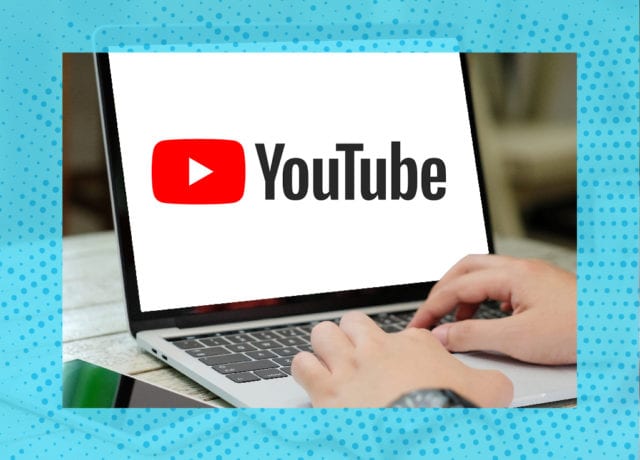Google has been open about its plan to phase out third-party cookies for a couple of years now—but its future course was left unclear.
The company recently made it clear that it wouldn’t be replacing cookies with personally identifiable alternatives.
“Today, we’re making explicit that once third-party cookies are phased out, we will not build alternate identifiers to track individuals as they browse across the web, nor will we use them in our products,” wrote David Temkin, Director of Product Management, Ads Privacy and Trust.
With this new pronouncement, some ad tech leaders pose the question—is this for privacy or is this for fortifying the giant’s already outsized position?

What Does a Privacy-First Web Look Like for Advertisers?
The latest move by Google is being viewed with extreme skepticism by other major ad players.
“Google uses privacy as a shield to weaponize its ‘moat,’” said Andy Monfried, CEO at Lotame. “The moat is YouTube and their Search business. Almost everything else is a rounding error.”
Critics believe that even though Google’s trying to brand itself as a privacy advocate, this move will further its grip on advertising revenue it gathers via first-party data. YouTube made up about 15% of its ad revenue last year and is only growing.
“We now reach more 18-49 year olds than all linear TV networks combined,” said Philipp Schindler, Google’s chief business officer. More than 100 million people watch videos on the platform from their TV set.
Though Google may be strengthening its own position, the company will continue working with other players by further developing the Privacy Sandbox—which allows targeted advertising, while offering more individual privacy to internet-users.
Between its FLoC technology and other developments in the ad tech industry at large, like Apple’s permission changes, the Trade Desk’s Unified ID 2.0, and changing privacy regulations, the advancement of a privacy-first web ecosystem is still murky.
The one thing that is clear is that first-party data is of utmost importance. Brands will need to learn how to collect and manage their own data with customers and prospects in greater ways. They will need to perfect the science and art of engaging consumers in owned channels, like email and SMS.
YouTube, The Moat
Consumer privacy and revenue don’t have to come at the expense of one another, at least if you’re Google.
It’s no surprise that YouTube dominates video-hosting. 215 million Americans watch videos on the platform, averaging almost half-an-hour a day. Its advertising revenue was up about 47% from last year, largely attributed to direct-response ads.
When it comes to subscriptions, the platform is gaining traction. YouTube Premium has about 30 million subscribers and YouTube TV now has about 3 million paid subscribers, putting it only behind Hulu + Live TV with this type of bundle offering.
According to Ruth Porat, CFO of Alphabet and Google, the company says that it can reach audiences that TV simply can’t.
With those numbers and the growing rate of cord-cutting, it’s undoubtedly true. But with the exorbitant amount of first-party data it owns, it’s not just TV channels that need to be paying attention.



